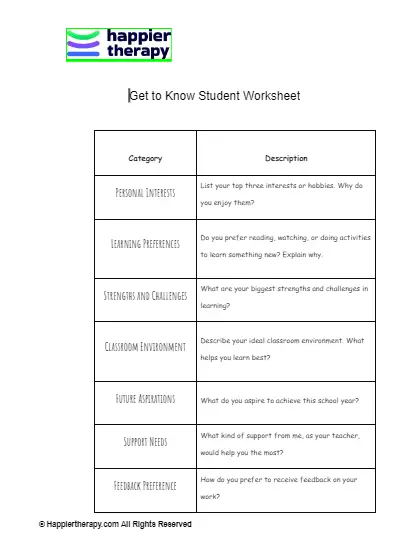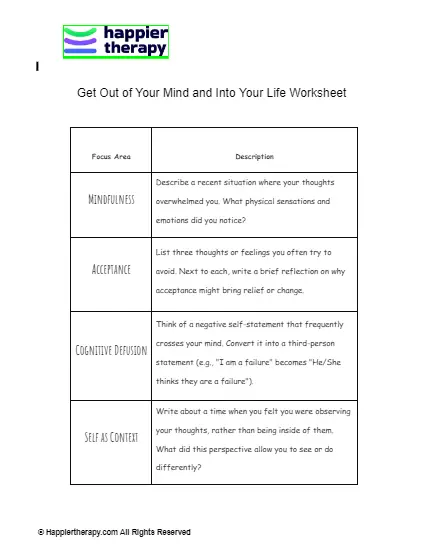Acceptance and commitment therapy adolescent worksheet
Download Worksheet
What is the theory behind this Acceptance and commitment therapy adolescent worksheet?
Acceptance and Commitment therapy is a type of Cognitive Behavioral therapy which treats emotional issues by guiding individuals to accept and face their unhelpful emotions and thoughts instead of avoiding them or making futile attempts to control them. There are many ways to achieve this but one particular way to help the adolescent population is using art therapy.
How will the worksheet help?
The worksheet will help a therapist or counsellor who is using the ACT principles to help youth deal with their issues. It contains a guide to conducting ACT group sessions based on the concepts and practices of Art Therapy. Using art to visualise their painful emotions is a way of normalising it.
How to use the worksheet?
This art activity is to be used in the second session of an ACT group session where the aim is to teach adolescents the concept of control and acceptance. Use the guide to plan the group session accordingly.

 By
By


